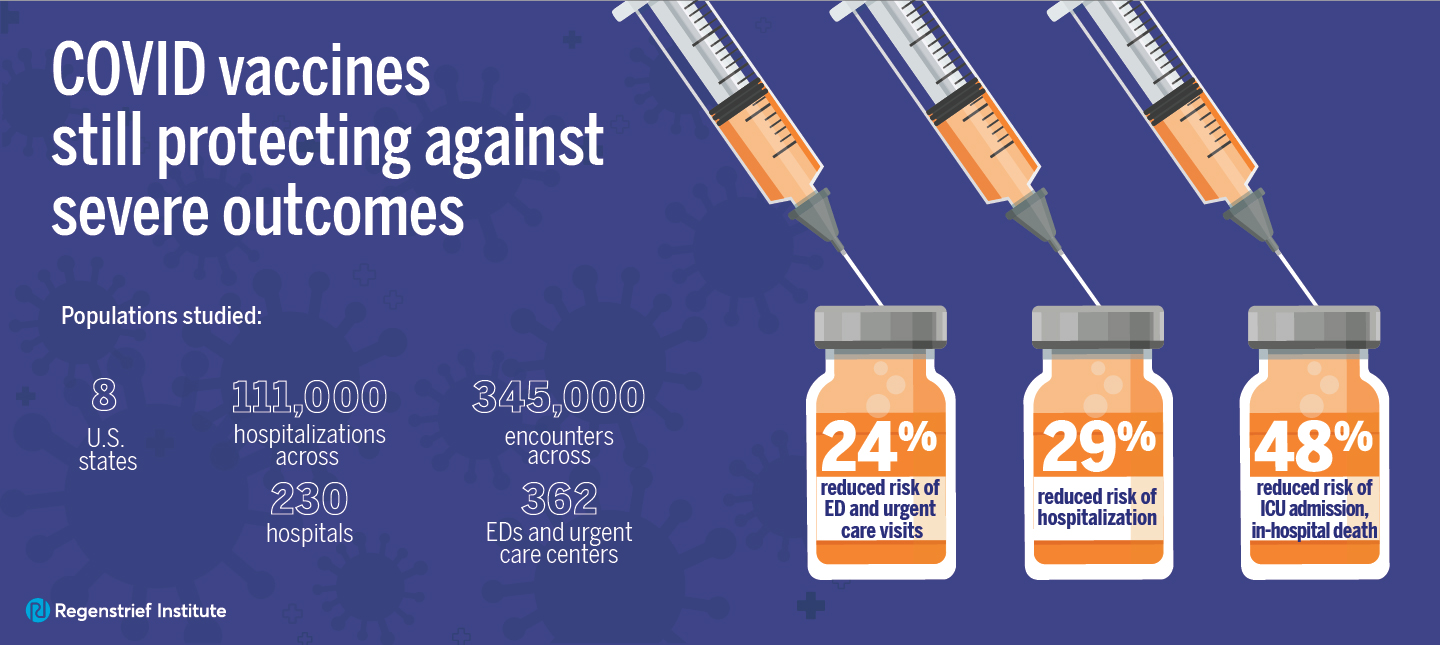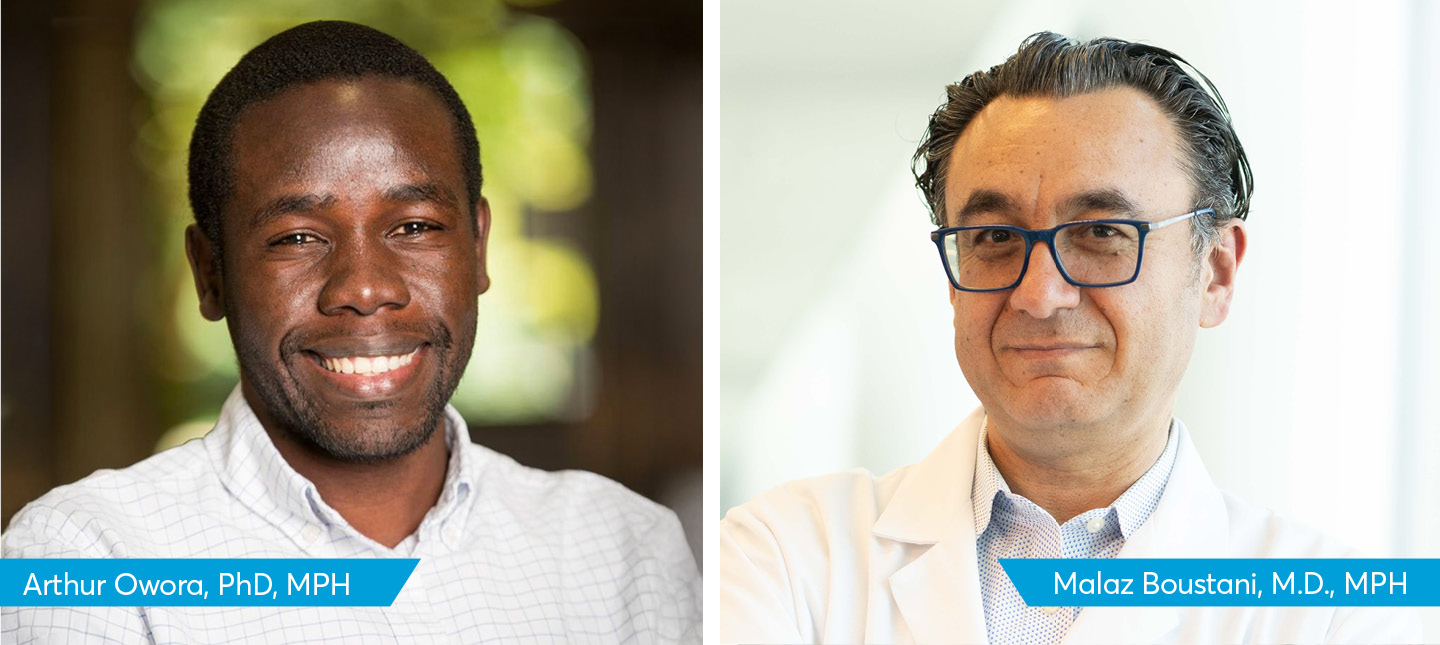This knowledge can inform targeted population outreach efforts to improve screening
Knowing which populations are following cancer screening guidelines is important to public health officials and policy makers as well as researchers developing strategies to improve adherence. This study is one of the first to compare using health information exchange (HIE) data with patient self-reported data as a means of gathering this intelligence.
The researchers found that completeness of information differed by data source and screening test. HIE data provided more information than patient self-reports about laboratory screening tests such as the fecal occult blood test for colorectal cancer screening and the human papillomavirus (HPV) test for cervical cancer screening. Patient self-reports provided more additional information than HIE data about cancer screening procedures such as colonoscopy or mammograms.
The most robust measurement approach involves collecting both HIE and self-reported screening information to draw upon their different strengths, according to David Haggstrom, M.D., MAS, of the Regenstrief Institute, Indiana University Melvin and Bren Simon Comprehensive Cancer Center and IU School of Medicine. He is senior and corresponding author of the study.
More complete population data over time that details cancer screening across populations — broken down by geographic area, racial or ethnic groups, or age range — can help researchers, public health officials and policy makers gain more nuanced understanding of how many people within each population are receiving recommended screenings, which screenings, and at what intervals. This information can then inform targeted outreach efforts to improve screening of as many eligible individuals as possible.
Unlike electronic health records (EHRs) which typically contain information from a single healthcare setting or system, HIE data comes from numerous sources. A report of an individual’s screening at a facility in a healthcare system different from where primary care is received may not make it into an EHR but could be included in the data available from an HIE.
“We need to help people keep track of whether they are receiving services that may benefit their health and be aware of when those services come due, and to make sure that people who are eligible are being offered them,” said Dr. Haggstrom. “In the case of cancer screening, our clinical goal is to increase the likelihood of detecting a cancer early at a time when it could be treated more successfully than if it were detected later without screening.
“Our study was uniquely possible due to the data infrastructure created by the Regenstrief Institute and managed by the Indiana Health Information Exchange to better support the health of residents of Indiana,” added Dr. Haggstrom. He notes that HIEs in other states are in various stages of development, comprehensiveness and completeness.
This work was aided by a National Cancer Institute supplement to an Indiana University Melvin and Bren Simon Comprehensive Cancer Center grant (P30 CA082709-17S6).
“Comparison of health information exchange data with self-report in measuring cancer screening” is published in BMC Medical Research Methodology.
Authors and affiliations
Oindrila Bhattacharyya1,2,3, Susan M. Rawl4, Stephanie L. Dickinson5 and David A. Haggstrom6,7,8,9
1Department of Economics, Indiana University Purdue University, Indianapolis, IN.
2James Comprehensive Cancer Center, The Ohio State University, Columbus, OH.
3The William Tierney Center for Health Services Research, Regenstrief Institute Inc, Indianapolis, IN.
4Indiana University School of Nursing, Indiana University Melvin and Bren Simon Comprehensive Cancer Center, Indianapolis, IN.
5Department of Epidemiology and Biostatistics, Indiana University School of Public Health-Bloomington, Bloomington, IN.
6VA HSR&D Center for Health Information and Communication, Roudebush VA, Indianapolis, IN.
7Division of General Internal Medicine and Geriatrics, Indiana University School of Medicine, Indianapolis, IN.
8Center for Health Services Research, Regenstrief Institute, Indianapolis, IN.
9Indiana University Cancer Center, Indianapolis, IN.
David A. Haggstrom, M.D., MAS
In addition to his role as director of the Regenstrief Institute William M. Tierney Center for Center for Health Services Research, David A. Haggstrom, M.D., MAS, is a core investigator for the U.S. Department of Veterans Affairs Health Services Research and Development Center for Health Information and Communication at Richard L. Roudebush VA Medical Center. He also is the Sam Regenstrief Investigator in Health Sciences Research, an associate professor of medicine at Indiana University School of Medicine and a researcher with the Indiana University Melvin and Bren Simon Comprehensive Cancer Center.
About IU Melvin and Bren Simon Comprehensive Cancer Center
The Indiana University Melvin and Bren Simon Comprehensive Cancer Center is the state’s only National Cancer Institute-designated Comprehensive Cancer Center and one of only 56 in the nation. The prestigious comprehensive designation recognizes the center’s excellence in basic, clinical, and population research, outstanding educational activities, and effective community outreach program across the state. It is also one of only 33 members of the National Comprehensive Cancer Network. As a member, the center’s physicians have a role in determining the recognized standard of clinical care for cancer patients. The center serves as the central hub for cancer research and education across Indiana University.
About Regenstrief Institute
Founded in 1969 in Indianapolis, the Regenstrief Institute is a local, national and global leader dedicated to a world where better information empowers people to end disease and realize true health. A key research partner to Indiana University, Regenstrief and its research scientists are responsible for a growing number of major healthcare innovations and studies. Examples range from the development of global health information technology standards that enable the use and interoperability of electronic health records to improving patient-physician communications, to creating models of care that inform clinical practice and improve the lives of patients around the globe.
Sam Regenstrief, a nationally successful entrepreneur from Connersville, Indiana, founded the institute with the goal of making healthcare more efficient and accessible for everyone. His vision continues to guide the institute’s research mission.
About IU School of Medicine
IU School of Medicine is the largest medical school in the U.S. and is annually ranked among the top medical schools in the nation by U.S. News & World Report. The school offers high-quality medical education, access to leading medical research and rich campus life in nine Indiana cities, including rural and urban locations consistently recognized for livability.









